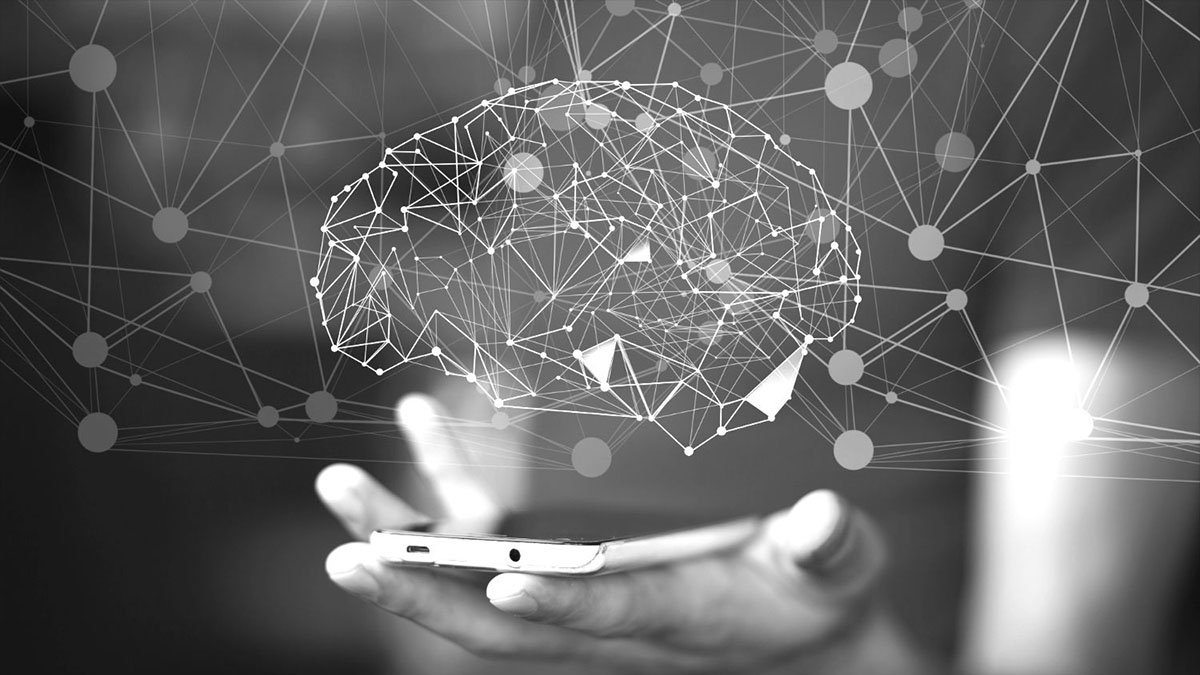taking brain mapping to the next level

At the University of California at San Diego, neurologists are working on a project that seems straight out of a mad scientist’s handbook. They want to build nothing less than a library of dissected human brains scanned into a computer and virtually reconstructed, then made available to anyone who wants to take a look at what will amount to approximately a terabyte of detailed anatomical data per brain. Using these exquisitely detailed digital brain maps, researchers could compare brain structures across a wide spectrum of patients to unlock new areas of research and broaden their understanding of how normal and abnormal human minds work.
The process of getting a brain into a computer is very delicate and takes over two days as the organ is soaked in chilled embalming fluids and expertly cut into 2,500 slices no more than 70 microns thick, which is about a third thinner than the average human hair. Each slice is then scanned at extremely high resolutions and detail is added with cutting edge brain imaging techniques as the organ is virtually reconstituted. This creates a very handy three-dimensional model which will never decompose or degrade and doesn’t have to be cut down into unusable mush to inspect the areas of interest. Future software could compare general patterns between the clumps of neurons which make up crucial brain structures and help researchers get a better grip on many of the mind’s intricate connections an how they work together.
With all the talk of brain modeling and using detailed brain maps to create artificial intelligence on this blog, we have to ask what this line of study will do for cognitive computing projects. Will neuroscientists’ gains bring us one step closer to computers that can think on their own? Could we even go as far as to borrow one of the brains in their library and bring it back to life with sufficiently powerful supercomputers?
Well, many of the key problems like the costs and challenges of creating all the stimuli to reactivate the digital brain, discussed in far more detail in the links above, would still apply. However, we’d have a fully formed and grown virtual brain that developed over a lifetime of learning and experience. And even if we could briefly bring it to life and create an undead copy of the donor, the big question is whether we should do it since it would become a conscious human in virtual form and we must be treated with the same care as we would show any human subject. And this means that without expressed consent to virtual reanimation studies prior to donation, the minds of UC’s future digital brain library should be left in peace.





